As cancer treatments evolve, so do the needs and expectations of people living with cancer. Here, we share the first of three pieces of an important discussion with patient advocates Michael Cramer, Ashlee Cramer, and T.J. Sharpe.
This Q&A is an excerpt of the ‘Patient Voices: Shaping the Future of Cancer Care’ panel at the Lumanity-hosted Cancer Progress 2025 conference. The session was moderated by Angela Wheeler, President, Insight USA & Patient CoE Lead, Lumanity, and featured Michael, Ashlee, and T.J. sharing their experiences of living with cancer and navigating the US healthcare system to receive treatment.
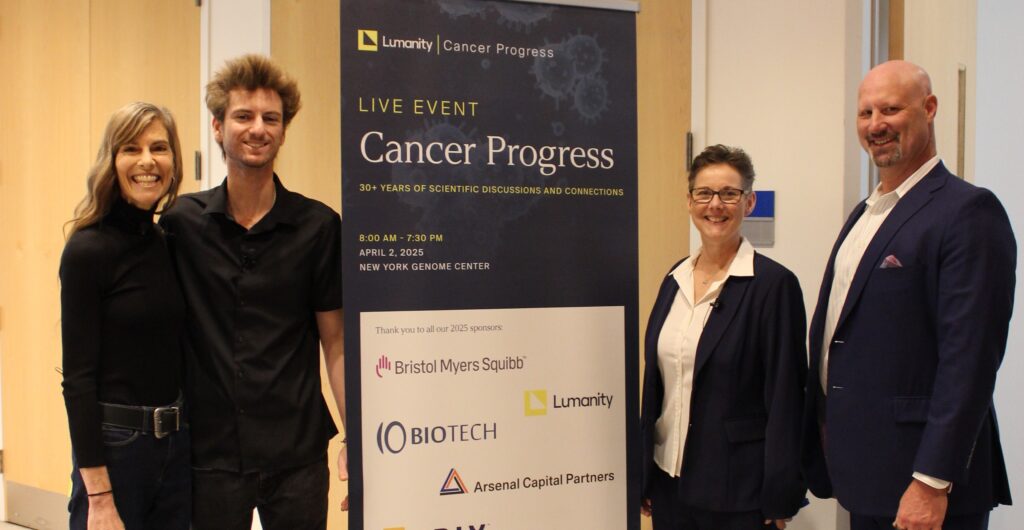
Meet the panelists:

Michael Cramer
Cancer survivor, Patient advocate for cancer and GvHD, Social Influencer
Keen windsurfer and athlete. Diagnosed with hepatosplenic T-cell lymphoma at 19, underwent a bone marrow transplant in 2020 and since diagnosed with severe chronic graft-versus-host disease.
Listen to Michael introduce himself:
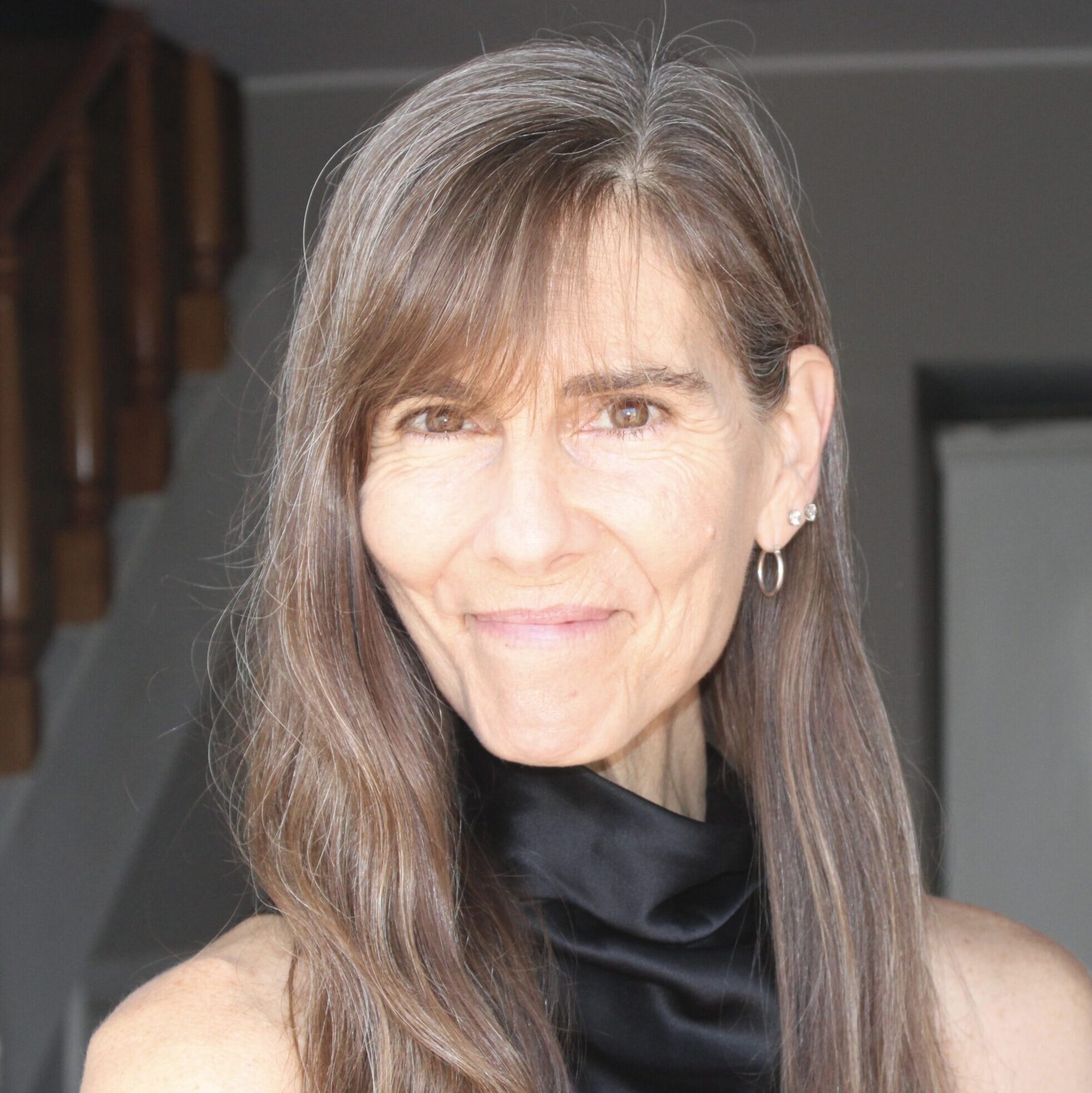
Ashlee Cramer
Caregiver and advocate for cancer and GvHD, Social Influencer
Former Broadway dancer and early-years educator, now caregiver and dedicated advocate.
Listen to Ashlee introduce herself:
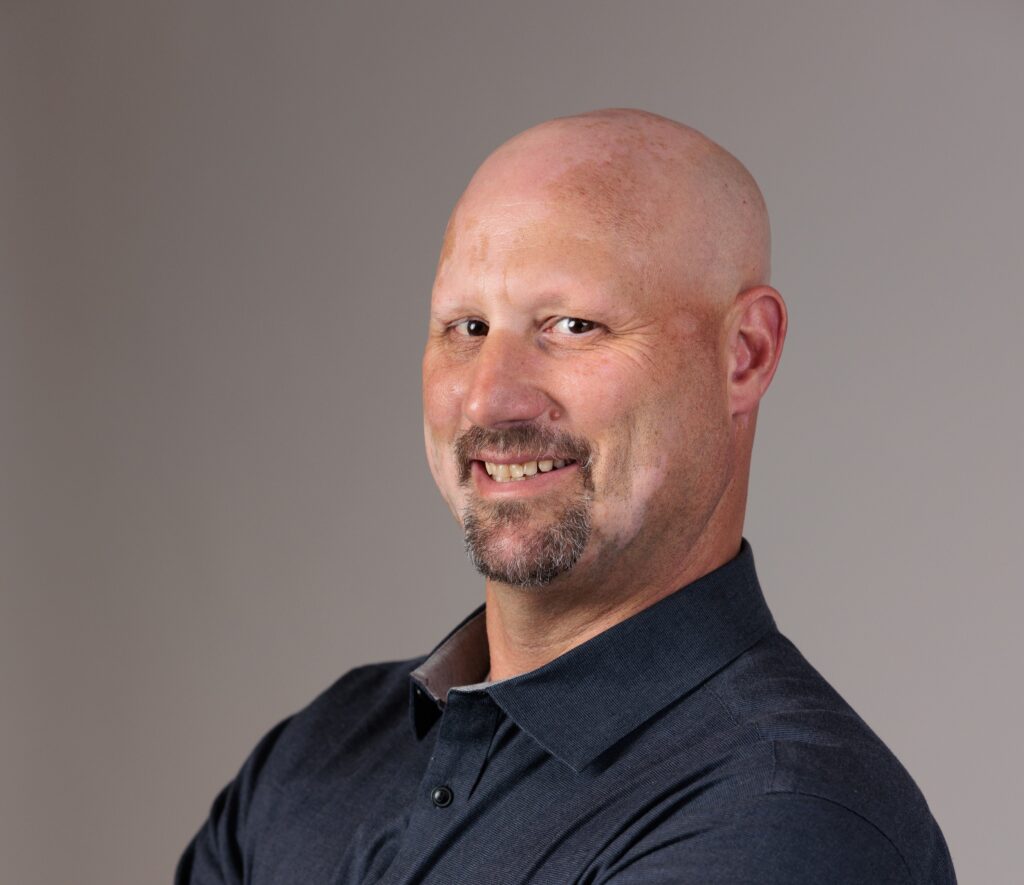
T.J. Sharpe
Patient Engagement Expert, Sharpe Patient Insights
Two-time cancer survivor, cancer-free following Merck’s Keynote 2 trial, now patient advocate. Worked with Transcelerate, Merck, GSK and other pharma companies to magnify patient voices.
Listen to T.J. introduce himself:
How do we design clinical trials in a way that can set patients and families up for success, not only within the trial but beyond?
Michael Cramer: I was really good at failing every line of treatment for graft-versus-host disease (GvHD), well, I should instead say, the treatment failed me. Initially, I started out with a GvHD right after my transplant, within a few weeks. It was in my stomach and my skin, but eventually it progressed to be chronic GvHD in my liver.
We went through every single line of treatment and they all failed, including every immunosuppressant out there for GvHD. There were about five treatments that failed before I got to the one that finally worked. And by that time, I was almost dead. My bilirubin was somewhere in the 30s and we were considering a liver transplant. Mentally, it was a really severe and dark time, because I was on and off the steroids, on and off all these other immunosuppressants. And nothing was working until we got to this treatment. But to get to that treatment, I had to go through each of them failing and all that suffering. The damage to my liver could possibly have been prevented if I’d started the treatment that I’m on now and didn’t have to go through these hoops.
Ashlee Cramer: And that is challenging, all the treatment failures. I remember at one point, asking Michael’s bone marrow transplant (BMT) doctor about the steroids – he was in a wheelchair because the avascular necrosis (AVN) had gotten so bad, his liver was failing. And the doctor said, “well, does he want a liver, or does he want his knees?” And he’s a great doctor, but he was so scared to take him off the first-line treatment, even though we knew it’d failed. I was fighting to get him off the treatment; he was suffering, it wasn’t even working. We knew about the medication that worked eight months before he got it. We requested it eight months earlier, but they said sorry, you’ve got to try these treatments and let them fail first. Gotta move onto the next one. As a mom watching each of these treatments fail my son was so hard. And the insurance companies wouldn’t approve the new drug until the other lines of treatment failed. So that’s a really hard one.
With my husband, he did go into remission but when we relapsed, about 2015, we heard about some clinical trials and he tried to get into one. I was working, I had three young kids, so he went by himself. He took a plane up to Dana-Farber [Cancer Institute], tried to get into a clinical trial, but didn’t meet one part of the requirements. So he couldn’t get into a trial. How sad is that? I’m not going to say the trial would’ve saved his life, but we had hope, and it definitely got cut off right there. Designs matter. We’re left thinking “what if?”
T.J. Sharpe: When we look at having to go through multiple lines of therapy, we’re designing trials in the industry to have the quickest regulatory approval. We know that’s part of the deal we make; we are trying to get a drug out, and we’re trying to get a treatment out. And even the most noble of intentions recognizes that’s the path of least resistance. But there’s a whole flip side of the coin to look at it from: what is the unmet need for the patient population? For your husband, what was the unmet need that he had? And how do we design research? How do we design treatments and compassionate access programs so there’s the intersection of the unmet needs of the population and the optimization of the approval pathway?
I think that’s part of what we have to do better as an industry. We have to do better to bring stakeholders together so we’re not designing research in vacuums or silos; so that we can involve patient advocates and patient advocate groups, trial sites, and service providers, to create better research opportunities that will lead to faster drug approval.
Many metrics for starting trials that matter for clinical operations people aren’t the same things that matter to patients. Patients want to know what their options are and which trials suit them best, and how they need to sequence or order their options. I had plan C in my mind as plan A was failing. How do I sequence what my treatment might be, so that I don’t cut myself out of a trial? That happened to my aunt – she had to get a third-line of treatment for her sarcoma that disqualified her from a trial. It probably wouldn’t have saved her life, but we’ll never know.
When you’re at a major university cancer center and they don’t think enough to say “if you do X, you can’t do Y”, that becomes a holistic issue in how to give the best treatment possible and how to present the options to patients that have to make hard decisions like, this is my life, my body, do I want to keep my knee or my liver? You have to make decisions about what your treatment pathway will look like and how you recognize what’s most important for you.
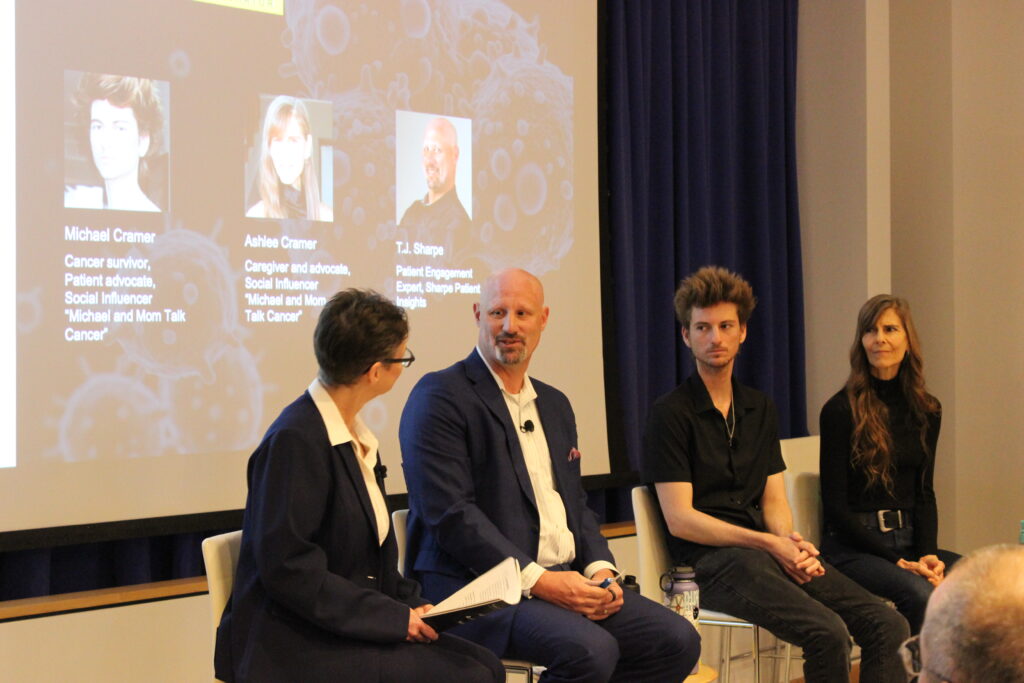
“I want quality of life. I don’t want to be jumping from clinical trial to treatment to this and that and doing all these things because I just want to live, and I don’t want to be stuck in the hospital all the time like I was for so many years already.”
Michael Cramer
What endpoints and measurements do you think should be included in clinical trials?
Michael Cramer: I’m thinking about trial enrolment right now, and it’s confusing. There’s also an insurance issue we’re dealing with. My GvHD has flared up and my doctor wanted me to start a new treatment, axatilimab, but the insurance denied it. One of the ways to possibly get it approved and me to start the treatment would be to be enrolled in a clinical trial that does extracorporeal photopheresis (ECP) along with axatilimab twice a week for 3 months. But right now, I’m thinking about how my current ECP has been reduced to every 8 weeks, and how because of that, I’ve been able to get back to surfing, get back to the gym a little, and have better quality of life. So I’m thinking, if I do ECP and the immunotherapy for 3 straight months, firstly, is the ECP actually going to be beneficial? The doctors say that possibly the effects could’ve worn off because I’ve done it like 160 times now.
So I’m wondering if the clinical trial is even a good idea for me to do – but it’s the only way for me to even get this treatment. So in the long-term, it might be better for me to do this trial, but in the short-term, I’ve been through so much, I don’t want to go through 3 straight months of treatment. I just want to have quality of life now. And part of me is thinking that I don’t want to do this clinical trial. I want to be able to live, and surf, and hang out with my friends, and not be in the hospital every single day of the week like I was for so many years.
I want quality of life. I don’t want to be jumping from clinical trial to treatment to this and that and doing all these things because I just want to live, and I don’t want to be stuck in the hospital all the time like I was for so many years already.
Ashlee Cramer: There is overlap with being excluded from a clinical trial, because in order to get into the trial, he would have to go back to something that also has very bad memories. We haven’t even talked that much about the mental state. Mental and emotional is huge. It affects your patience. Three months doesn’t sound that long, but doing that for 3 months – would your mental state decline? Going back to when those four treatments failed Michael, every time a treatment failed, he got more and more depressed. Every time it failed, he had less of a light that he was going to survive. By the time the last line of treatment failed, he did not want to live. He was telling me to put him at home in hospice as he didn’t want to do this anymore. The mental part is really important to consider.
I really want him to the trial because I see that his GvHD has gotten more active. He’s got more marks on him, one of his eyes didn’t have GvHD before but now does. So I’m saying “Michael, do the trial. Just be in the hospital, 3 months; 3 times a week for 3 months. You don’t surf for 3 months. It’s okay.” Because I’m his mom. I don’t want GvHD to take his life. We know someone that died a week ago. So it’s complicated.
Michael Cramer: The issue with the trial is that I would have to stop my current treatment, which saved my life, an immunosuppressant I take now. So part of me thinks the trial could make it worse because I’m going to stop my main drug and try these two different combinations here.
And the doctors want us to make the decision – they can’t tell me what I should do. So it’s a lot on the patient when we don’t know the answers. And it’s a lot of pressure to put on someone like me who just wants to survive and live a good life. But you’re here asking the patient if they want to do this, when we don’t know the answer – I want the doctor to say you should, or shouldn’t, do this. I want to make decisions but I want the doctor to know too and say what the best route for me is. There’s so much uncertainty.
T.J. Sharpe: When I went through a lot of the decision making I had to go through to understand what I wanted to do, my focus was on getting durable response. I wanted to live not just a few months or few years; I remember saying in the hospital to give me the 7-year pill –If you can give me something right now that guarantees me 7 years and that’s it, at that point in my life, in the very beginning, I would’ve taken it. It would’ve given me the time to see my kids grow up and, more importantly, they would remember me. I would’ve made that deal with the devil to take 7 years. And thank God I didn’t, because we’re at 12 years now and counting.
It’s important to mention the mental aspect of the uncertainty. We need to ask how we provide as much contextual information as we can to patients to make this decision. It’s easy to go and listen to the reports at the American Society of Clinical Oncology (ASCO) conference and hear all the different statistics that Ashley and I probably don’t understand very well. But how do you put that into some kind of context for a patient and their family? They’re hearing they have cancer and have to process what the cancer is; what the side effects are; what the treatment options are; what those potential treatments can do for you; how sequencing treatments can impact future treatments or the way you respond or the side effects you might have.
As a person who isn’t a scientist, how do you take all that in and say alright, I’m gonna chose that one right there because that sounds like the right treatment, or because my doctor told me that’s the best treatment. How do you really understand that and what each treatment means to you?
By selecting patient-meaningful endpoints and doing research that looks at what outcomes and measures we can share with the medical community and patient community, we’re now gathering information that we can use with all the technology on our phones, and turn them and say for someone like T.J., for someone like Michael, here is everything we know about what is affecting you; here is everything we can give you; and here’s everything you can possibly do. And as we select impacts that are more meaningful to patients and still stay in that regulatory lane to approval, we are going to not just increase cancer care’s impact, but we’re going to make better treatment options and research options that support what we already have. We’re starting to build upon the foundations we have in different cancers that give a base for everybody, and now here’s the base for this subset of people or group of underserved populations that aren’t represented in research. Or even take that genomic slice that has a mutation that we’re seeing works across different cancers that allows us to say if it works here, and now we need the information over here as quickly as possible so we can get it to help that group of patients there.
How can we make clinical trials easier and reduce the burden on patients?
T.J. Sharpe: So how do you take the tools we have and enable research to come to patients? Bring the research to the people who need it instead of making me fly from here to here to here. A good friend of mine, David, who was a patient also on a tumor-infiltrating lymphocyte (TIL) therapy trial and had to fly from New Zealand to Boston for his treatments. He had to fly from New Zealand to go into his research center to get a blood draw and meet the doctor, then fly back to New Zealand, within 24 hours. That’s a very extreme example but it’s the mindset of how we’ve done things in the industry a certain way for a very long time, that’s the standard operating practice.
COVID-19 changed everything. You can see we don’t have to do research the same way as it was done before; maybe we can do It better. Maybe we can bring trials to patients. Maybe we can make clinical research part of your care decisions. So if you are having to go through first, second, third, fourth lines of therapy, along the way we say that while we don’t have this trial down in Miami where Michael and Ashlee live, maybe there’s somewhere else closer that has it that they could go to, or that certain parts could be done remotely or at a satellite site, then they bring you in when they need to.
I’m fortunate that I was able to travel for my trial: I had the means to and the access to go to a few different places and meet with very high-level researchers. Most people don’t have that privilege. If we can democratize being on a clinical research trial so that every person has the ability to find out what their treatment options are, including trials, suddenly we’ve opened and diversified our trials, and we’ve probably enrolled patients faster. We’ve met all the metrics that the sites and sponsors want but we’ve given a whole bunch of people access to treatments that they probably didn’t have before. One of the guys I used to work with said “diversity, equity, and inclusion (DEI) isn’t the problem for clinical research. DEI is the solution in clinical research.”
- The burden of failing multiple treatments before accessing therapies that could be more effective can lead to severe physical and mental deterioration. This highlights the need for more flexible treatment pathways that allow earlier access to promising treatments, reducing unnecessary suffering and health decline
- The mental and emotional well-being of patients is critical during trials and treatments. Repeated treatment failures can lead to significant depression and a diminished will to continue with treatment. Designing trials that consider mental health and provide robust emotional support can improve patient outcomes and overall quality of life
- Insurance denials and bureaucratic hurdles can delay access to potentially life-saving treatments. This underscores the need for insurance reforms that better support patients in clinical trials, ensuring timely access to necessary treatments
- Designing trials that consider the patient’s perspective and unmet needs is crucial. Trials should involve input from patient advocates and balance the need for regulatory approval with the practical realities and needs of patients, ensuring that the trials are tailored to provide the most benefit to the participants
Bringing clinical research closer to patients can significantly reduce the logistical and financial burden. The COVID-19 pandemic has demonstrated the feasibility of remote and decentralized trials, which can increase accessibility and diversity in clinical research, making it easier for more patients to participate and benefit from new treatments.
Stay tuned to read the last part from the conversation with Michael, Ashlee and T.J. If you missed Part 1 of the conversation, it’s available here.
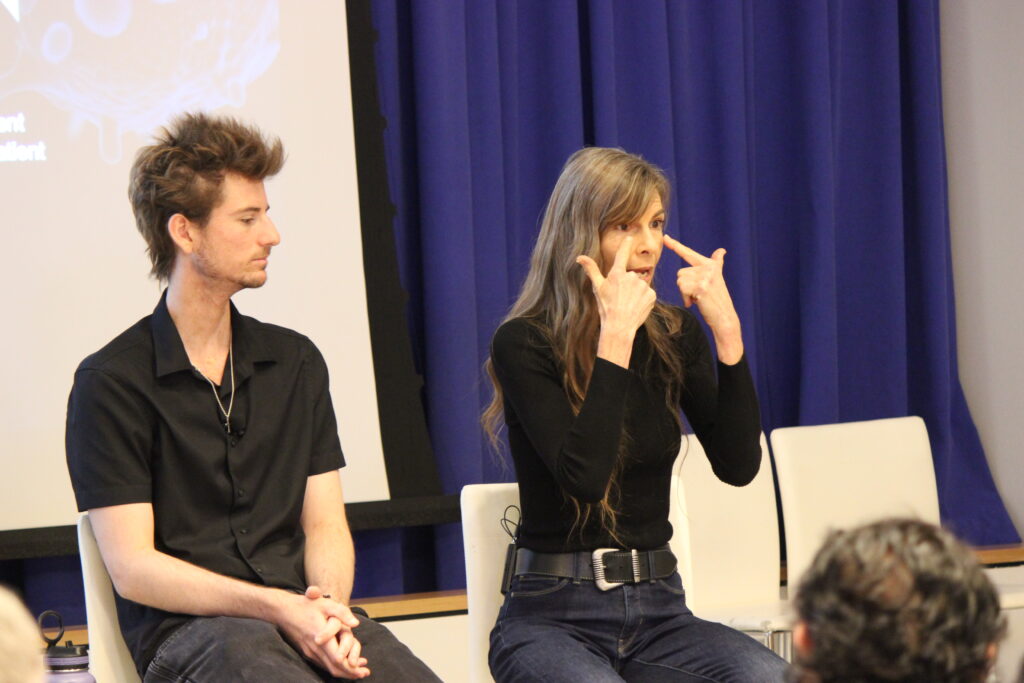
“If we can democratize being on a clinical research trial so that every person has the ability to find out what their treatment options are, including trials, suddenly we’ve opened and diversified our trials, and we’ve probably enrolled patients faster. We’ve met all the metrics that the sites and sponsors want but we’ve given a whole bunch of people access to treatments that they probably didn’t have before.”
T.J. Sharpe






